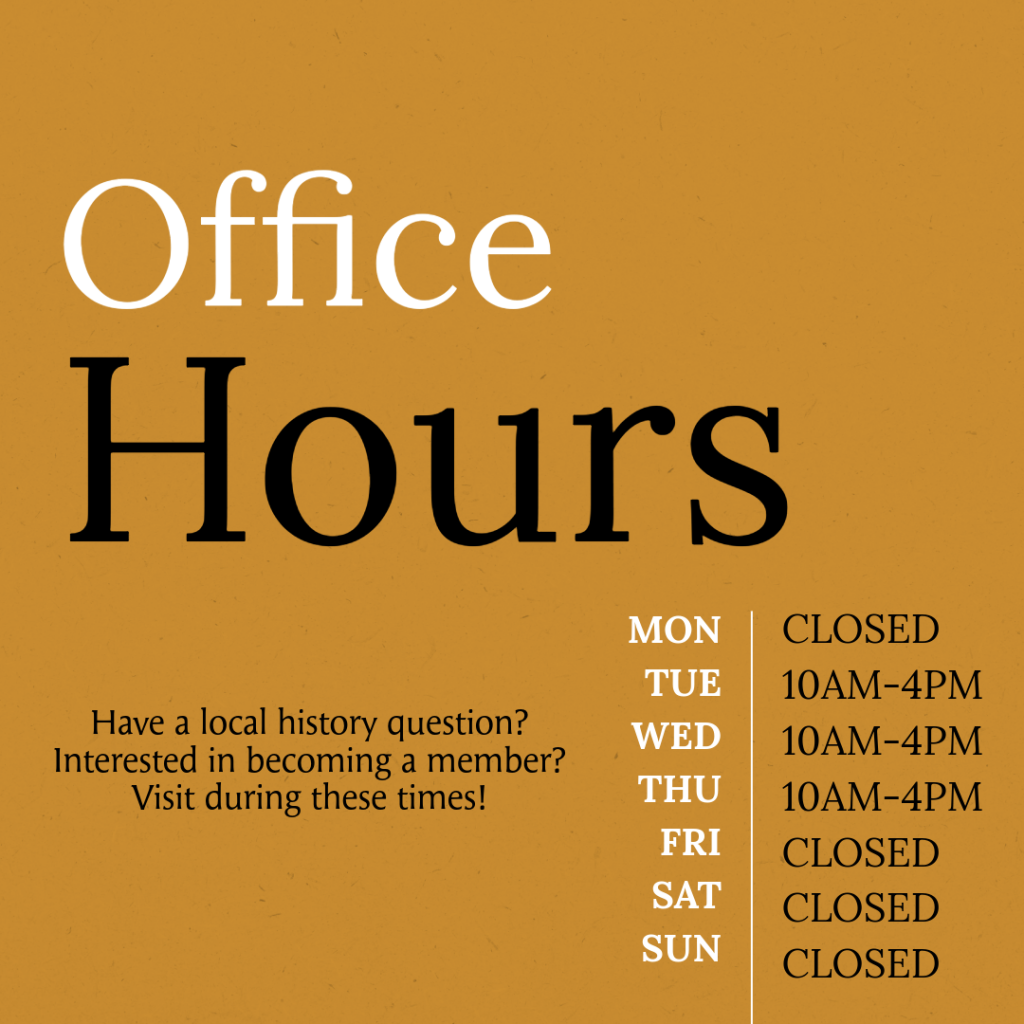Closing of an Era
What next for River City?
By Alison Bruener
South Wood County Historical Museum
With Dave Engel, Wisconsin Rapids City Historian
Note- At the time of original posting we incorrectly stated that in 2014, Verso was based out of Miamisburg, Ohio. It was brought to our attention that at the time they acquired Newpage they were instead based out of Memphis, Tennessee.
It was the most important development in city history.
“A new move has just been made by a number of the leading business men of the twin cities [Grand Rapids and Centralia] which cannot fail to be of the most beneficial and far reaching consequences upon the growth of the twin cities. It is a move which has been hoped for and talked of for years and years.”
The sentiments from both the Centralia Enterprise and Grand Rapids Tribune in August 1894 celebrated the beginning of the Consolidated Water Power Co.
After fighting in court for years to consolidate the several smaller sites along the river’s edge, one of the visionaries wouldn’t see his dreams become reality. That was Jere Delos (J.D.) Witter who died in 1902 following a failed operation for Bright’s disease. Witter’s final moments were spent surrounded by his family: his wife (Emily Phelps Witter), son (Isaac, who later built the house that became the South Wood County Historical Museum), daughter (Ruth Witter Mead) and son-in-law (George W. Mead, a furniture dealer in Rockford, Ill.)
It would be left to Witter’s partner, Nels Johnson, to keep the project going.
Johnson turned to J.D.’s son, Isaac, to aid in continuing his father’s dream. But the more cautious Isaac asked his brother-in-law, George Mead, to stay “for a week or two” and help out.
In 1902, with investments from locals and a loan from the Wisconsin National Bank of Milwaukee for at least $150,000, “Consolidated Water Power” added “Paper Co.” to its name and over a century of papermaking began.
Dreams Become Reality
As Consolidated was moving along in its plans for a paper mill, dam and a power house, another tragedy befell the company when Nels Johnson died.
Following the Johnson funeral, the Witters turned to George Mead again. After all, he had experience constructing a large building and running a business in Rockford, so, would he stay with Consolidated until a paper man was to be found? He agreed and his first task was the building of a dam. His daughter, Emily Baldwin Bell, related that Mead would wake up in the middle of the night and go and sit on the rock by the rapids, planning the all-important dam.
It was completed in March 1904 and the mill in April of the same year. In June, Consolidated shipped the first carload of newsprint to the Los Angeles Times. The Grand Rapids mill had made history as the only paper making operation which used electrically-powered machinery.
Continuing Growth
In 1911, the Grand Rapids Paper Co. mill at Biron was acquired, followed by the Interlake Pulp & Paper Co., Appleton, and the Stevens Point paper mill and hydroelectric plant. In 1920, through their Newaygo Timber Company, the company purchased timberland acreage in Ontario, Canada, that led to building of a paper mill in Port Arthur, now Thunder Bay.
In a stroke of good luck, Consolidated sold the Thunder Bay mill just before the Great Depression of 1929. While the rest of the country struggled with unemployment, Consolidated changed to a four-day work week, which allowed them to continue with no layoffs to their employees.
Also, during the Depression years of the 1930s, Consolidated adopted a new process that produced coated paper in a single, high-speed operation, in coordination with the company’s largest client, Life Magazine. The big, fast, new Number 5 paper machine overlooking the Wisconsin river carried the motto “Built for Life-Operated for Life.”
During World War II, Consolidated developed a laminate sheet utilized in the production of aircraft equipment, later called “Consoweld” and used mainly for countertops.
Glory Days
The 1960s began with the production of a lightweight coated paper for magazines and catalogs and in 1962, the corporate name change from Consolidated Water Power and Paper Company to Consolidated Papers Inc. Towards the end of the decade, the $37 million Kraft pulp mill and power complex was constructed.
Growth continued into the 1980s as paper sales were temporarily boosted by the increasing use of personal computers and copy machines. As CPI coated papers thrived in direct-mail advertising and color inserts in newspapers, the company celebrated the River Block, a new office building in Wisconsin Rapids that, by the mid ’80s, housed the world headquarters of the planet’s largest producer of enamel papers.
Among the further acquisitions of the 20th Century were Wisconsin River Division, Castle Rock Container Co., the Niagara, Wis., paper mill, Lake Superior Paper, Superior Recycled Fiber and “Repap USA.” Major improvements and expansions were made to the Biron and Stevens Point mills. The big #16 machine in Rapids became one of the world’s largest. Consolidated at its peak was listed as a Fortune 500 company and owned over 600,000 acres of forest land.
For stockholders, employees and townspeople alike, nothing seemed more secure. Nearly 30 percent of the employees had been with the company for more than 20 years and their children had the privilege of continuing the tradition. Continuing as a family-run company, CPI was able to keep up with the times while pursuing a conservative fiscal course and for the most part avoiding debt.
In the early 1990s, an economic recession facing the industry foreshadowed tough times to come. For the first time, Consolidated would accrue long-term debt.
In 1993, George Mead II stepped down as CEO while remaining chairman of the Board of Directors. His replacement, Patrick F. Brennan, was the first chief executive from outside the Mead family.
As the nation’s economy recovered in the mid-90s, Consolidated once again began expanding. Like the $150 million that went to improving the mill in Stevens Point in order to produce 64,000 tons of specialty paper to be used in food and consumer packaging. Over the next few years, the company surpassed the $1 billion revenue mark. As the new millennium approached, Consolidated was enjoying the last days of glory.
Sold
In 2000, Consolidated was acquired by Stora Enso Oyj., of Helsinki, Finland, for $4.8 billion, making Stora Enso the world leader in coated paper. While the sale was meant to bring the Wisconsin Rapids paper mill along with the Scandinavian company’s other holdings to a global market, the plan never reached its potential, due to a worldwide decline in paper demand, competition from Asian paper manufacturers, an “overconfident management” and a weak U.S. dollar.
During the Stora Enso era, the local paper mill celebrated its centennial.
After seven years, Stora Enso operations in Northern America were sold to NewPage Corporation, Miamisburg, Ohio, for $2.1 billion. NewPage soon filed for chapter 11 bankruptcy, emerging in restructured form.
In 2014, NewPage was acquired by Verso of Memphis, Tennessee (they are currently based out of Miamisburg, Ohio), for $1.4 billion.
The new owner would continue to employ 1,700 workers spread between Wisconsin Rapids, Biron and the Steven Point mills.
In 2016, Verso filed for bankruptcy protection after falling $2.4 billion in debt. The company owed around $14 million to nine Wisconsin companies, including Sparhawk trucking in Wisconsin Rapids, Plum Creek timber in Tomahawk (which had purchased 309,000 acres of Stora Enso owned forest in Northern Wisconsin and Upper Michigan), deBoer Transportation in Blenker and Corenso North America in Wisconsin Rapids.
What Next?
Now comes the news that signals the end of an era.
For the first time in its history, the landmark original Consolidated mill will have a full shutdown.
Verso said paper demand has declined due to the COVID-19 pandemic and as a result its Wisconsin Rapids and Duluth mills will be indefinitely closing at the end of July. This action will lay off 902 employees here.
After 116 years, the dream of a prosperous “consolidation” on the river is coming to an end. Only time will tell what will become of what was the world headquarters. Who knows, maybe somebody will be walking along the Wisconsin River and they too will have a dream of what the city will be, what our new identity will become.






